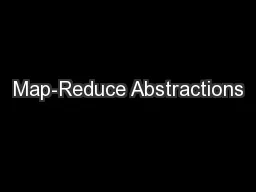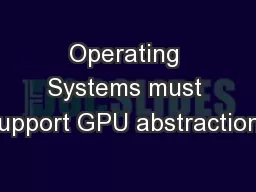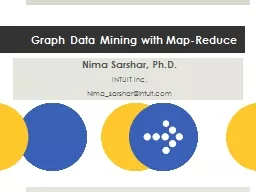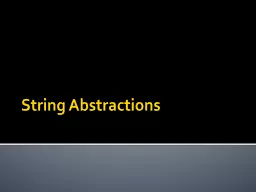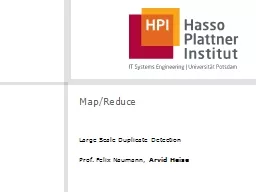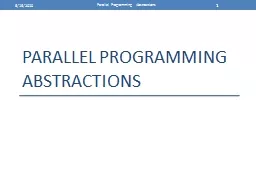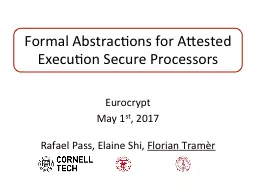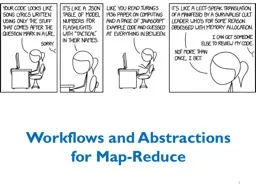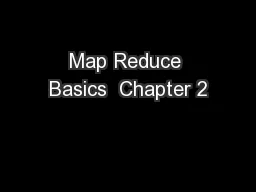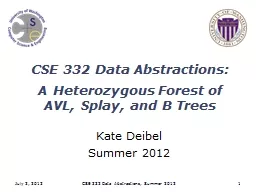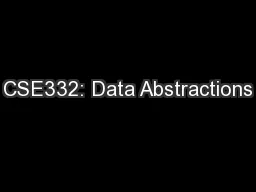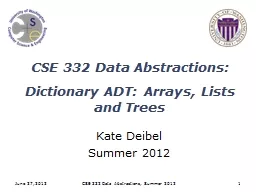PPT-Map-Reduce Abstractions
Author : yoshiko-marsland | Published Date : 2015-11-18
1 Abstractions On Top Of Hadoop Weve decomposed some algorithms into a mapreduce workflow series of mapreduce steps naive Bayes training naïve Bayes testing phrase
Presentation Embed Code
Download Presentation
Download Presentation The PPT/PDF document "Map-Reduce Abstractions" is the property of its rightful owner. Permission is granted to download and print the materials on this website for personal, non-commercial use only, and to display it on your personal computer provided you do not modify the materials and that you retain all copyright notices contained in the materials. By downloading content from our website, you accept the terms of this agreement.
Map-Reduce Abstractions: Transcript
Download Rules Of Document
"Map-Reduce Abstractions"The content belongs to its owner. You may download and print it for personal use, without modification, and keep all copyright notices. By downloading, you agree to these terms.
Related Documents

